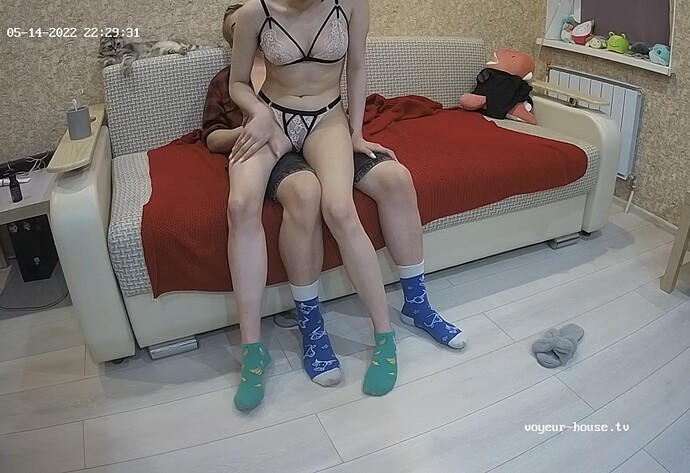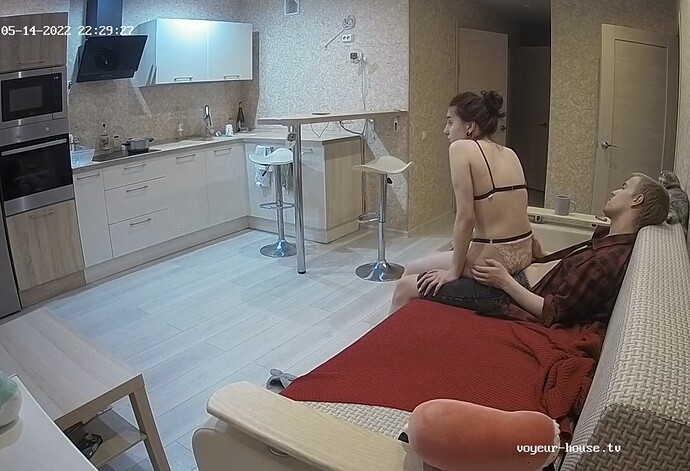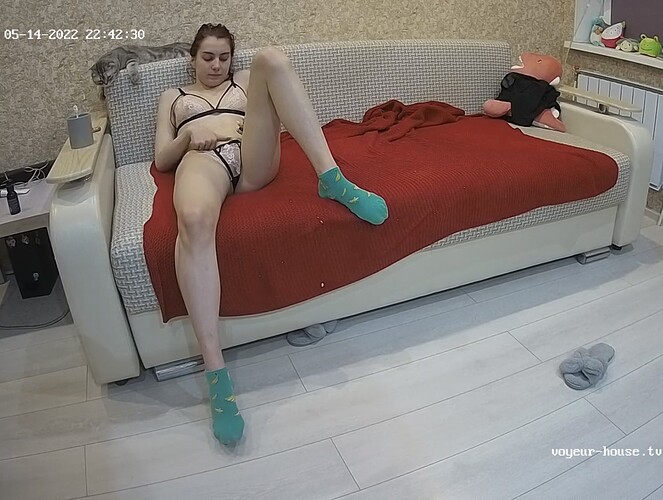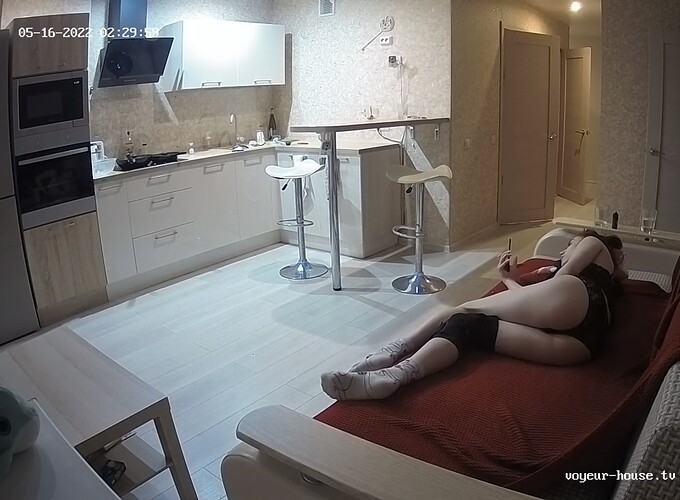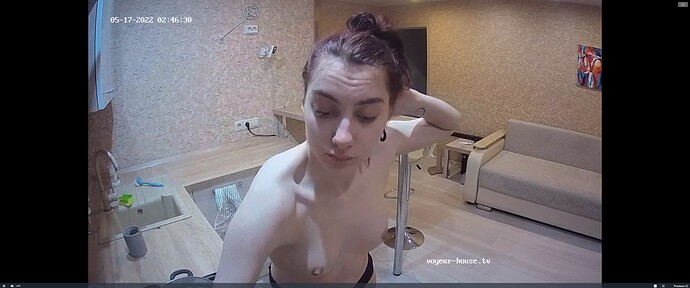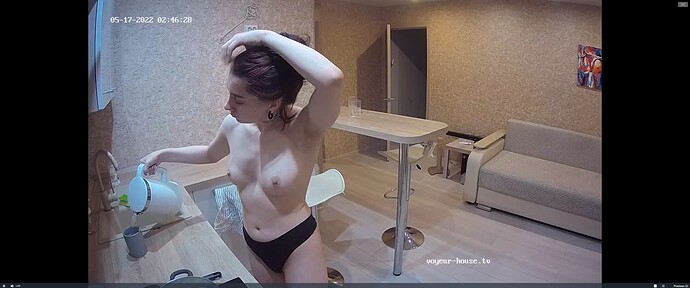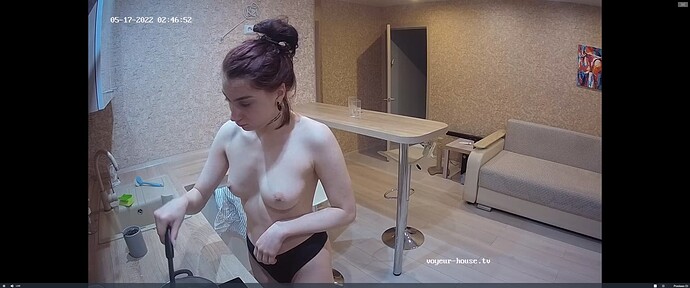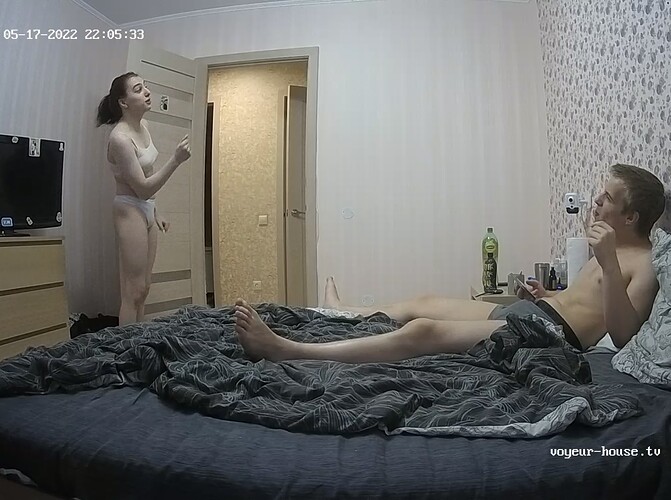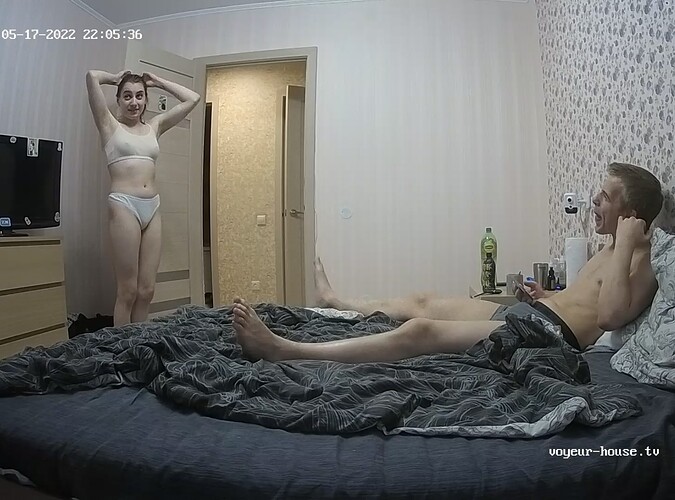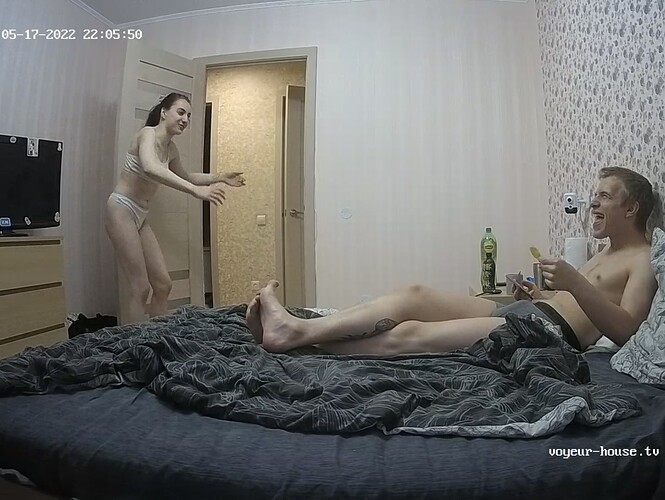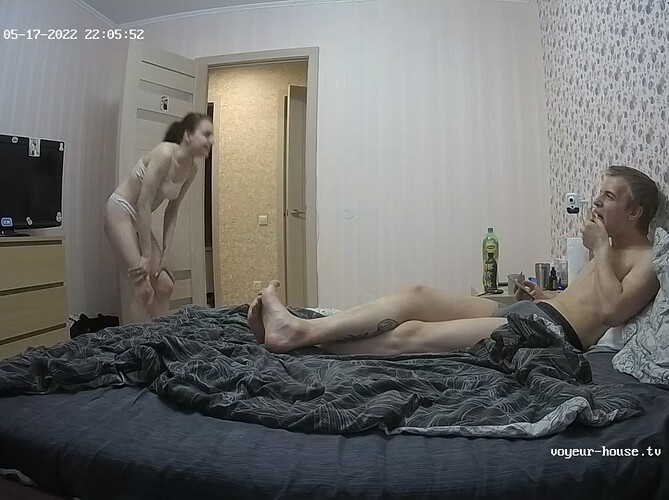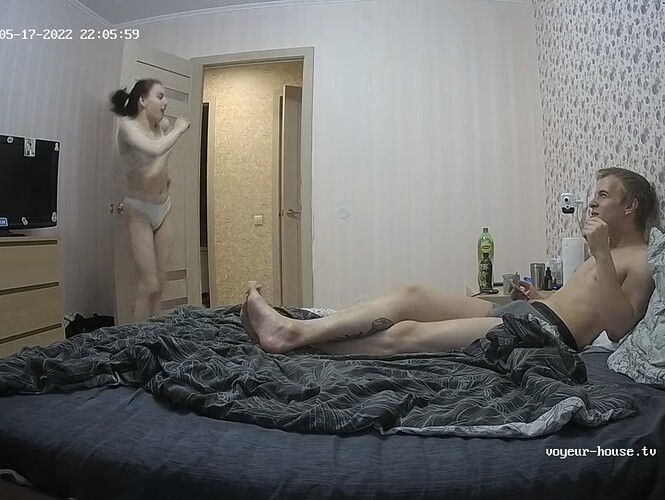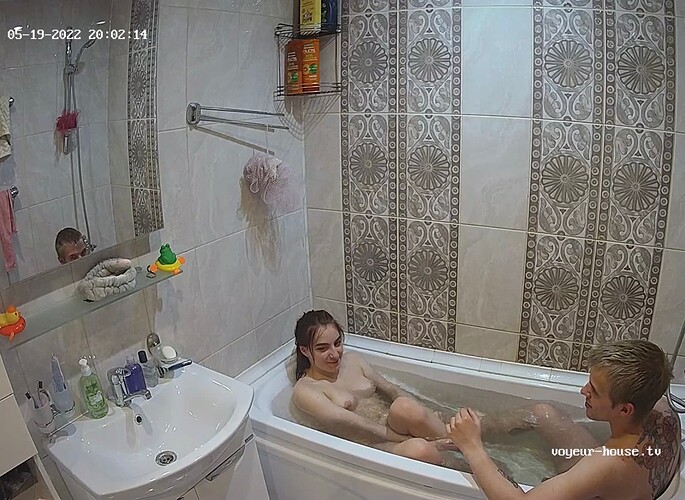Yes, you’re right
Hey, Jabba, I didn’t say anything about ‘standing behavior’. I don’t even know what that means. ![]()
I think he was talking about the cat ![]()
I figured he was talking about the cat, but I have no idea what ‘standing behavior’ is. That’s why I didn’t understand the question.
I assume he is talking about this, I could be wrong.
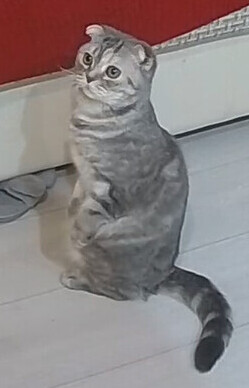


Exactly what I meant. Thank you. I had no idea how to name that behavior…
Reminded me of a girl i knew once!
https://adventurous__t.com/why-do-scottish-fold-cats-sit-funny/#:~:text=Standing%20on%20its%20hind%20legs,to%20ward%20off%20a%20predator.
Fascinating info.
You could say, a cat sitting up on its hind legs, also known as haunches. A lot of different breeds do this, especially the Munchkin because of it shorter legs, to get a better look at the surrounding area. Or, maybe they just know it makes them look so cute. ![]()
But, if they stand up completely on their back paws and look like a human standing or walking, it means they’re in serious attack mode, trying to make themselves look bigger and more frightening to a predator or some other form of threat.
@Igor_Ashley You may wish to take note of this information.
Why Do Scottish Fold Cats Suffer From SFOCD?
SFOCD stands for Scottish Fold osteochondrodysplasia, a disease that is characterized by abnormalities of the skeleton.
You can trace the ancestry of all Scottish Fold cats back to a single Scottish female named Susie. As Susie grew, her owners noticed that her ears were folded over, which piqued the interest of local farmers.
When Susie gave birth to a litter of kittens, they also had folded ears, suggesting a specific gene caused this mutation. Following this discovery, a local farmer teamed up with a geneticist to breed these cats and create a “lop-eared” species.
However, as scientists studied this new breed, they discovered that the mutant gene bot only affected the ear cartilage, but other bones throughout the cat’s body, as well.
Susie and her litter had only one copy of the abnormal gene, so they only experienced minor health issues and, for the most part, could live a happy life. However, when scientists bred cats to hold this trait specifically, many ended up with a double gene.
This double gene (homozygous) causes the most significant health risks for a Scottish Fold cat; following the findings, many countries banned the breeding of Scottish Folds, including the UK.
Nowadays, breeders continue to produce this breed in the US, Asia, and Australia; ethical guidelines mean that only heterozygous varieties of the Scottish Fold can reproduce. But not everyone follows these guidelines, and many cats still experience the bone issues associated with SFOCD.
Do All Scottish Fold Cats Suffer From SFOCD?
All Scottish Folds experience SFOCD to some degree, but this disease’s impact depends on the cats’ genetic history. Homozygous cats with two copies of the mutant gene tend to show symptoms of the disease at an earlier stage and experience worse symptoms than the heterozygous cat (that has one copy of the gene).
In today’s ethical environments, breeding should be kept to heterozygous cats, meaning most Scottish Folds will be less impacted by the effects of their gene defect.
Well well, fuck me I didn’t know that, I’ll be on my merry way today feeling felinely fulfilled. ![]()
![]() You’re such a smartass.
You’re such a smartass. ![]()
![]()
![]()

